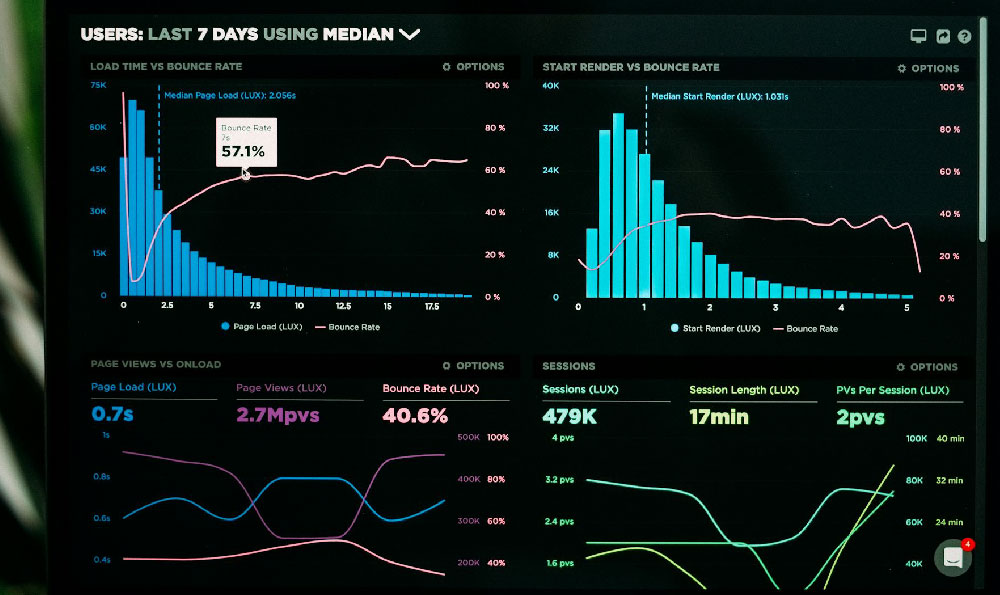Grocery stores, seemingly simple purveyors of everyday necessities, operate within a complex financial ecosystem. Understanding how they generate revenue and what their profit margins look like provides valuable insight into the dynamics of the retail food industry. Their revenue streams are diverse, and profitability is often razor-thin, requiring efficient management and strategic decision-making to thrive.
The primary revenue stream for grocery stores is, unsurprisingly, the sale of groceries. This encompasses a vast array of products, from fresh produce and meat to packaged goods, dairy products, and bakery items. However, within this broad category, subtle differences in pricing and profit margins exist. Fresh produce, while often attracting customers with its vibrant displays, can be subject to spoilage and waste, potentially impacting overall profitability. Meat, a high-value item, typically offers higher margins, but also carries significant costs related to storage, handling, and potential waste. Packaged goods, often subject to manufacturer promotions and discounts, may offer lower margins but contribute significantly to overall sales volume. Dairy products, often considered essential staples, are typically priced competitively, with relatively low margins. Bakery items, often produced in-house, can offer higher margins due to the store's control over the production process and ingredient costs.
Beyond the core grocery offerings, many modern grocery stores have diversified their revenue streams to include prepared foods and meal solutions. This segment includes ready-to-eat meals, deli items, soups, salads, and even in-store restaurants or cafes. Prepared foods represent a significant growth area for grocery stores, as they cater to busy consumers seeking convenient meal options. The profit margins on prepared foods are often higher than those on traditional grocery items, reflecting the added value of preparation and convenience. This diversification allows grocery stores to compete with restaurants and fast-food chains while leveraging their existing infrastructure and customer base.

Another important revenue stream for grocery stores is private label or store-branded products. These products, manufactured by third parties but sold under the store's own brand, offer several advantages. Firstly, they allow grocery stores to differentiate themselves from competitors by offering unique products that cannot be found elsewhere. Secondly, private label products typically have higher profit margins compared to national brands, as the store controls the branding, packaging, and pricing. Thirdly, private label products can build customer loyalty by offering quality alternatives to national brands at competitive prices. The increased control and potentially higher margins make private label a significant area of focus for many large grocery chains.
In-store services and ancillary offerings also contribute to a grocery store's overall revenue. These can include pharmacies, floral shops, liquor stores (where permitted by law), dry cleaning services, and even banking services. These services attract additional customers to the store, increase customer dwell time, and generate additional revenue streams. The profit margins on these services vary depending on the specific service and the competitive landscape. Pharmacies, for example, are subject to regulations and insurance reimbursements, while floral shops may experience seasonal fluctuations in demand and pricing. Liquor stores, depending on local regulations, can be a significant source of revenue and profit.
Furthermore, many grocery stores generate revenue through advertising and promotional activities. Manufacturers pay grocery stores to feature their products prominently in displays, end-caps, and in-store advertising. These promotional fees, known as slotting fees or trade allowances, can be a significant source of revenue for grocery stores, particularly for larger chains with significant bargaining power. Grocery stores also earn revenue from distributing manufacturer coupons and loyalty programs, which incentivize customers to purchase specific products.
Understanding the revenue streams is only half the picture; profit margins reveal the actual financial performance. Grocery store profit margins are notoriously thin, typically ranging from 1% to 3% on average. This means that for every dollar of revenue generated, a grocery store only retains a few cents in profit. This low-margin environment is due to several factors, including intense competition, high operating costs, and price sensitivity among consumers.
Competition in the grocery industry is fierce, with numerous players vying for market share. Traditional grocery chains compete with big-box retailers like Walmart and Target, discount grocers like Aldi and Lidl, specialty grocers like Whole Foods Market and Trader Joe's, and increasingly, online retailers like Amazon. This intense competition puts downward pressure on prices and reduces profit margins. Grocery stores must constantly find ways to differentiate themselves and attract customers in a crowded marketplace.
Operating costs are also a significant factor impacting grocery store profit margins. These costs include rent or mortgage payments, utilities, employee wages and benefits, inventory management, transportation, and marketing expenses. Rising energy costs, labor shortages, and increasing transportation expenses can all squeeze profit margins. Efficient inventory management is crucial for minimizing waste and spoilage, while effective marketing strategies are essential for attracting and retaining customers.
Consumer price sensitivity also contributes to the low-margin environment. Consumers are generally price-conscious when it comes to groceries, and they are quick to switch to lower-priced alternatives if prices increase. Grocery stores must carefully balance pricing and profitability, as raising prices too high can drive customers away. They often rely on promotions, discounts, and loyalty programs to attract price-sensitive consumers while maintaining acceptable profit margins.
Despite the thin profit margins, grocery stores can improve their profitability through various strategies. Efficient supply chain management is crucial for minimizing costs and ensuring product availability. By streamlining their supply chains, grocery stores can reduce transportation costs, minimize waste, and improve inventory turnover. Effective marketing and merchandising strategies can also boost sales and profitability. By creating attractive displays, offering compelling promotions, and providing excellent customer service, grocery stores can attract more customers and increase their average transaction size. Investing in technology, such as automated checkout systems and data analytics, can also improve efficiency and reduce operating costs. Finally, a strong focus on customer loyalty is essential for long-term success. By building strong relationships with their customers and providing personalized experiences, grocery stores can increase customer retention and drive repeat business.
In conclusion, grocery stores generate revenue from a variety of sources, including grocery sales, prepared foods, private label products, in-store services, and advertising. However, their profit margins are typically thin due to intense competition, high operating costs, and price sensitivity among consumers. To thrive in this challenging environment, grocery stores must focus on efficient operations, effective marketing, and strong customer relationships. Understanding the complex interplay of revenue streams and profit margins is essential for navigating the dynamics of the retail food industry.












